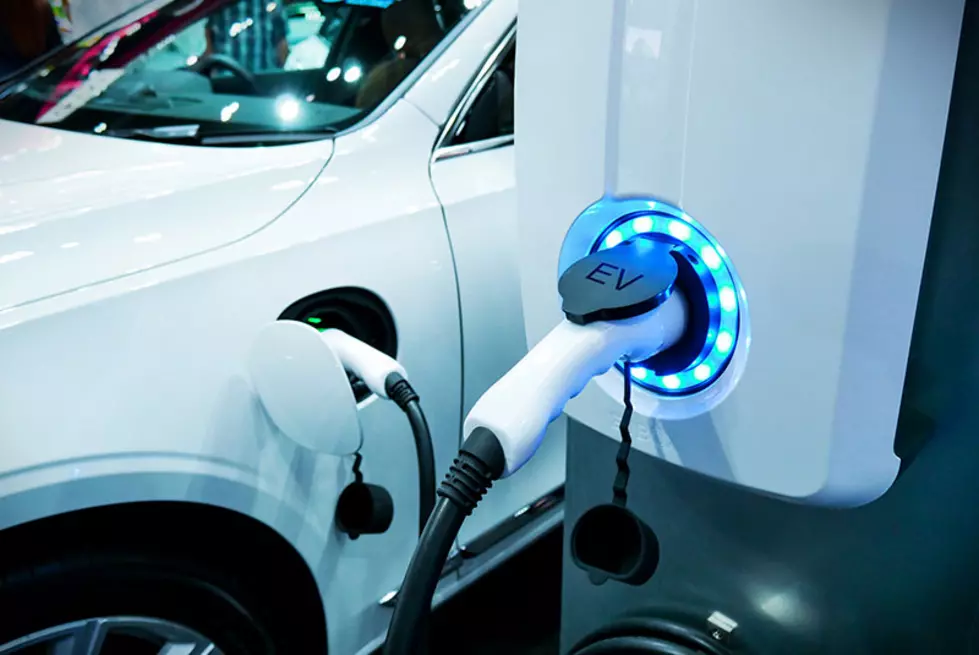
Missoula metro planners eye electric vehicle infrastructure, alternative fuel corridors
With a landmark shift to electric vehicles rapidly approaching and funding available, Missoula city and county officials are pushing to develop plans to place the necessary infrastructure and ensure it's equally distributed.
The Missoula Metropolitan Planning Organization took up the issue this week as the state develops its Montana Electric Vehicle Infrastructure Deployment Plan. A draft of the plan currently identifies Interstates 90 and 15 as alternative fuel corridors, along with Highway 93 and Highway 2.
In a letter to the Montana Department of Environmental Quality, Missoula transportation officials are asking the state to consider adding Highway 83, Highway 12 and Highway 200 to the plan. Leaving them out would be an oversight, they suggest.
“I'm fully supportive of rolling Highway 83 and 200 into the mix from a Missoula County standpoint,” said Commissioner Dave Strohmaier.
Under federal program guidelines, charging stations funded by the federal EV infrastructure plan must be located within 1 mile of a designated federal highway corridor.
With Highway 93 and Interstate 90 already recommended as alternative fuel corridors, federally funded charging stations could be placed in much of the city with the exception of Brooks Street. Adding Highway 12 to the state's plan would cover nearly all of Missoula, bringing the Midtown district into the EV future.
“These are comments primarily on the state's deployment plan, and there's a dedicated funding formula for that,” said Aaron Wilson, the city's transportation coordinator. “But there's also a national discretionary grant that we can apply for directly. There's an opportunity to do our own implementation of EV infrastructure.”
Last month, members of the Transportation Policy Coordinating Committee also began exploring the needs and challenges that come with establishing the infrastructure needed to support electric vehicles.
Some predict that such vehicles will become the norm as soon as 2026 and placing the infrastructure in the proper location stands as a key starting point.
Stations must have 150 kW of power for each charger and a minimum of four chargers. That will require significant electric infrastructure, and it could add another item to consider during other infrastructure projects including road and water work.
The location of the charging stations could also have economic impacts since charging an electric vehicle takes time. Some have already suggested that charging stations be placed near other attractions such as museums, parks, libraries and shopping districts.
Getting everyone on the same page will be key for successful implementation, Wilson said.
“To the extent that we're all coordinated across all the various players in Missoula as to how we want to role this out, and all the challenges and opportunities we have, would be beneficial,” he said. “There's a lot of details and it seems like in every conversation something new comes up.”
In their letter to DEQ, the Metropolitan Planning Organization offers a number of suggestions, including coordination with local governments to ensure “efficient infrastructure installation.”
In their push to expand the state's alternative fuel corridor, they also suggest that Highways 12, 83 and 200 provide “important economic and tourism connections to norther Idaho and central Montana.
“It would be unfortunate to preclude installment of charging stations along these recommended corridors as a consequence of their lack of designation in the deployment plan,” the letter suggests. “Fast charging stations have the potential to significantly impact existing and planned infrastructure.”
